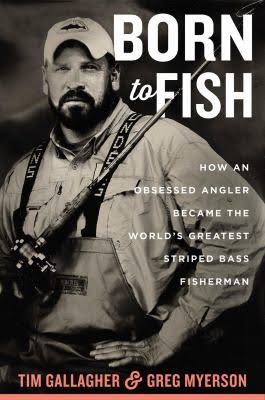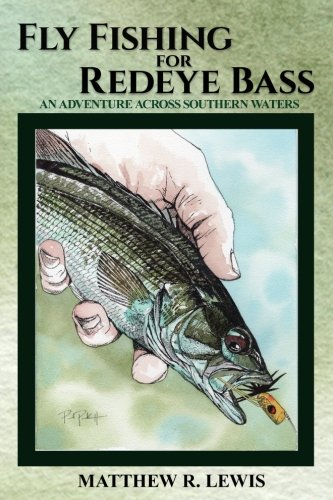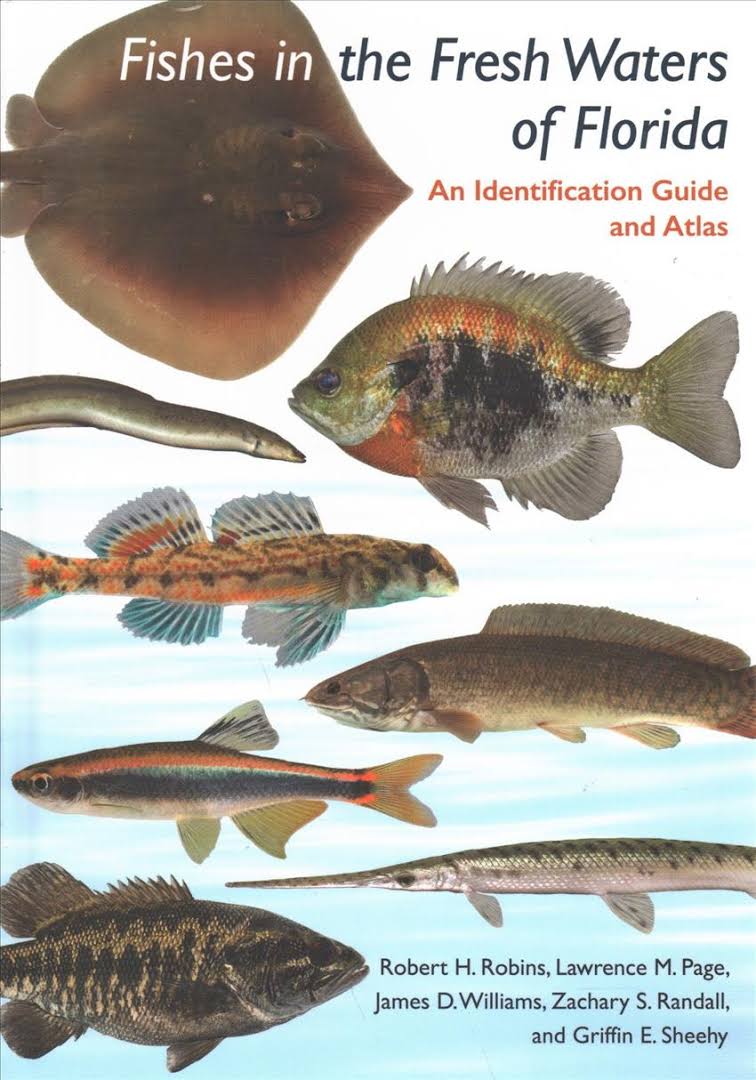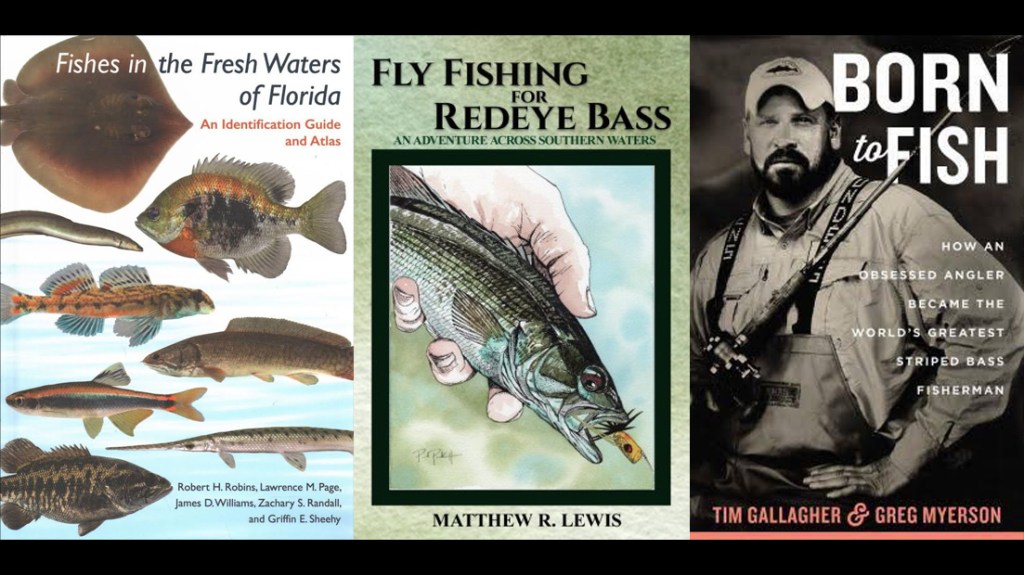The mayflies are hatching, river levels are dropping and the evenings are getting longer. It’s the most wonderful time of year for those of us in North America who love to fish.
And if you can’t be out fishing? Well, you can always read a fish book. Here are three great new reads: a biography of an obsessed angler turned conservationist, a how-to book about overlooked species that need some attention, and an invaluable reference guide.
-
Born to Fish: How An Obsessed Angler Became the World’s Greatest Striped Bass Fisherman
By Tim Gallagher and Greg Myerson (Houghton Mifflin Harcourt)

I have no interest in competitive fishing, and even less in books by and about celebrity anglers. I find most of them to be self-congratulatory and poorly written. So I’d normally have little inclination to read a book about a record-breaking striped bass angler, one who gained fame by appearing on the show Shark Tank. Such a book would also appear to be a poor fit for a conservation blog.
But then I saw it was by Tim Gallagher, the former editor of Cornell Lab of Ornithology’s Living Bird magazine. Gallagher’s previous books, all of which I’ve loved, have focused on feathered obsession. His book on a search in Mexico for probably-extinct woodpeckers, Imperial Dreams, is one of my favorite recent travel books, and Falcon Fever is an intelligent and personal look at the sport of falconry. He’s one of those authors that I’ll read anything he writes.
His biography of striped bass angler Greg Myerson didn’t disappoint; it’s a page-turning story of obsession and where it can lead, both good and bad. Myerson turned to fishing and the outdoor life as an escape from a childhood that included learning disabilities and a father with connections to organized crime. His pursuit of striped bass, one of the most loved gamefish of the Atlantic Coast, gave his life purpose and focus.
But this is not just the cliched story of someone rescued by nature. In this workaholic society, we tend to glorify the pursuit of “excellence” and overachieving. Indeed, Myerson exhibits many of these celebrated “Type A” traits, including a meticulous attention to detail, a driving work ethic that he applied even to his recreation, a willingness to be out there in the worst elements when others were sleeping soundly in their beds. But his obsessive traits manifested themselves in other ways: substance abuse, dysfunctional relationships, a violent temper and what could charitably be called questionable decision-making skills.
Gallagher is a skilled enough writer to capture the humanity of this complicated man, one who becomes the best at what he does. Myerson earned his degree of angling fame by catching the world-record striped bass, which in turn led him to a successful appearance on Shark Tank. And that experience and brush with fame led to an epiphany that he could become a vocal and effective advocate for striped bass conservation. Gallagher writes beautifully of this journey and all its trials, making it a compelling biography even if you’ve never picked up a fishing rod.
-
Fly Fishing for Redeye Bass: An Adventure Across Southern Waters
By Matthew R. Lewis (CreateSpace)

Bass fishing conjures images of tournaments, bass boats worth more than your house and anglers with logo shirts. Most people associate bass fishing with reservoirs and boat ramps. It’s loud and it’s televised. And that’s true to a point. Largemouth, smallmouth and spotted bass are extremely popular game species, but they’re not the only ones.
In the mountains of the southeastern United States swim species and subspecies of redeye bass. Many of these native fish live in waters more akin to trout streams, and similarly demand fishing tactics more akin to fly fishing for trout. Instead of loud bass boats on large lakes, the redeye bass angler must stalk quietly along isolated streams.
Most anglers don’t know about these fish, and that’s a shame. It’s a shame because it means they don’t have a constituency, they don’t have anyone to stand up to protect them. Researchers are now gaining a better picture of these fish, and finding that unique species and subspecies live in different drainages of Alabama, Georgia, South Carolina and Tennessee. But some of these fish may be lost before we even understand their uniqueness. That’s in no small part because more popular bass species have been stocked into these waters, both officially and by “bucket biologists,” under the notion that “a bass is a bass.”
Matthew R. Lewis has written a how-to fishing book on redeye bass, but it’s more. It’s an appreciation of these native fish, and the biodiverse drainages they are found. It’s a call to appreciate and preserve these special fish. If not anglers, then who?
Fly fishing literature can be an overcrowded field, but this is a welcome addition. It moved a trip to pursue these native bass high up on my bucket list. I hope more anglers feel the same.
-
Fishes in the Fresh Waters of Florida: An Identification Guide and Atlas
By Robert H. Robins, Lawrence M. Page, James D. Williams, Zachary S. Randall and Griffin E. Sheehy (University Press of Florida)

I love fish reference books; just seeing the diversity of fish images makes me happy. And I love fishing in Florida, for much the same reason: on any cast, you could catch a new species. Here’s a fish reference book that details Florida’s freshwater diversity. Quite simply and unsurprisingly, I love it.
The book provides identification, habitat, range maps and photos of 222 species of fish found in Florida’s fresh waters. It does not provide an exhaustive account, which actually makes it more useful. You can quickly find the essential information you need on a species, whether for identification or to help you plan your next fishing adventure. It includes detailed information on everything from the popular game species to the small but colorful overlooked small fishes to the dizzying array of non-native species now swimming Florida’s waters.
If you’re a life list angler, a fish nerd or a naturalist who loves field guides, this is a must for your library.




Join the Discussion